Here's the truth no one tells you about the natural vs synthetic ingredient debate: it's not about which is universally better: it's about which serves your business goals, budget, and customers more effectively.
As a small beauty business owner, you're facing pressure from every direction. Consumers are demanding "clean" formulations, but synthetic ingredients often deliver superior results at lower costs. Meanwhile, your bottom line is screaming for efficiency while your marketing team wants ingredients that sound premium.
The good news? The most successful beauty brands aren't choosing sides: they're strategically combining both approaches to create products that perform, profit, and please customers.
The Cost Reality Check: Where Your Budget Goes
Let's start with the elephant in the room: synthetic ingredients typically cost significantly less than their natural counterparts. For small beauty businesses operating on razor-thin margins, this isn't just a nice-to-have: it's often the difference between staying afloat and going under.
But cost savings extend far beyond the initial ingredient purchase. Synthetic ingredients offer remarkable consistency in production, creating more uniform batches and predictable efficacy across multiple manufacturing runs. When you're building a brand reputation on product reliability, this consistency becomes invaluable.
Consider shelf life impact on your inventory management. Synthetic cosmetics almost always outlast natural alternatives, meaning less product waste, reduced storage concerns, and fewer panicked calls about expired stock sitting in your warehouse. For a small business without rapid inventory turnover, extended shelf life can prevent thousands in losses.
The production predictability factor cannot be overstated. Natural ingredients vary based on harvest conditions, seasonal changes, and processing variations. One batch of rosehip oil might be significantly different from the next, affecting your product's final performance. Synthetic alternatives eliminate these variables, giving you the reliability essential for building customer trust.
Marketing Power and Consumer Expectations
Here's where natural ingredients flex their muscle: consumer perception and marketing appeal. The natural beauty market continues exploding, with customers actively seeking products that align with clean, sustainable values. Natural ingredients offer immediate marketing advantages, especially when targeting health-conscious demographics willing to pay premium prices.
However, proceed with caution. The term "natural" remains unregulated by the FDA, meaning there's no standardized definition for natural skincare products. This creates both opportunity and responsibility: you can define "natural" according to your brand standards, but transparency becomes crucial for maintaining customer trust.
The marketing narrative around natural ingredients taps into powerful consumer emotions: purity, wellness, environmental consciousness, and authenticity. These associations can justify higher price points and create deeper brand loyalty. But remember, your marketing claims must align with product reality and performance.
Smart positioning strategy: Use natural ingredients as hero components in your marketing while quietly incorporating synthetic ingredients where they improve performance or reduce costs. Many successful brands highlight their star natural ingredients while using synthetic actives for the heavy lifting.
Performance Showdown: What Actually Works
When it comes to delivering results, synthetic ingredients frequently outperform natural alternatives in clinical testing and consumer satisfaction. This becomes particularly crucial in competitive categories like anti-aging, acne treatment, or intensive repair products.
Take hyaluronic acid, for example. Synthetic versions produced through fermentation processes deliver consistent molecular weights and purity levels that natural extraction simply cannot match. The synthetic version is also more ethical (no rooster combs required) and performs identically to its natural counterpart: often better due to consistency.
Retinol, peptides, and advanced UV filters represent synthetic innovations that have no effective natural equivalents. If your product category demands these high-performance actives, synthetic ingredients become non-negotiable for competitive efficacy.
The performance equation: Natural ingredients excel in gentle, nourishing applications: think botanical oils, plant extracts, and soothing compounds. Synthetic ingredients dominate in targeted treatment applications requiring precise concentrations and proven mechanisms of action.
The Sustainability Surprise: Natural Isn't Always Greener
Prepare for a reality check: natural ingredients often carry larger environmental footprints than their synthetic counterparts. This counterintuitive truth stems from the massive resource requirements for agricultural production, including land use, water consumption, pesticide application, and transportation emissions.
Palm oil serves as the perfect cautionary tale. Completely natural yet environmentally devastating, palm oil production continues destroying rainforest habitats worldwide. As demand for natural beauty ingredients increases, so does the environmental pressure from their production and processing.
Lab-derived ingredients frequently require fewer resources and generate less waste than agricultural alternatives. Synthetic production can be contained, controlled, and optimized for minimal environmental impact. Consider synthetic fragrance molecules versus harvesting thousands of flowers: the lab version often wins the sustainability game.
Environmental responsibility increasingly means choosing the most sustainable option, regardless of its natural or synthetic origin. Modern consumers are becoming more sophisticated about these nuances, making informed sustainability claims more valuable than simple "natural" labels.
The Smart Money Strategy: Going Hybrid
The most successful small beauty businesses aren't choosing sides: they're strategically combining natural and synthetic ingredients to maximize both performance and appeal. This hybrid approach allows you to optimize for multiple business objectives simultaneously.
Consider this winning formula: use proven synthetic actives for performance while incorporating natural ingredients for sensory appeal and marketing value. A serum might feature synthetic hyaluronic acid and peptides for efficacy, enhanced with natural rosehip oil and botanical extracts for luxury feel and clean beauty positioning.
Benefits of the hybrid approach:
- Cost optimization through strategic ingredient selection
- Superior product performance where it matters most
- Marketing appeal through highlighted natural components
- Formulation flexibility for different product categories
- Risk mitigation through diversified ingredient sourcing
This strategy also allows for tiered product lines. Your premium products can emphasize high-quality natural ingredients and command higher prices, while your accessible lines can leverage synthetic efficiency for competitive pricing.
Your Strategic Action Plan
Start with brand positioning. If you're targeting conscious consumers willing to invest in premium products, emphasizing quality natural ingredients can justify higher margins. If you're competing in mass markets, synthetic ingredients' cost advantages and performance benefits may serve you better.
Audit your current formulations through a business lens. Which ingredients drive the most cost? Which create the biggest marketing impact? Which deliver the most noticeable results? Use this analysis to guide future reformulation decisions.
Build supplier relationships that support flexibility. Work with suppliers who can provide both natural and synthetic options, allowing you to optimize formulations based on market conditions, cost fluctuations, and performance requirements.
Calculate total cost of ownership for ingredient decisions. Factor in stability testing needs, preservative requirements, shelf life implications, and potential waste. Sometimes a slightly more expensive synthetic ingredient reduces overall product costs through improved stability and consistency.
Develop transparent communication strategies that explain your ingredient choices to customers. Modern consumers appreciate brands that prioritize efficacy and sustainability over dogmatic adherence to "all-natural" positioning.
The future belongs to beauty businesses that think strategically about ingredients rather than ideologically. By understanding the real-world implications of natural versus synthetic choices, you can build formulations that serve your customers, your values, and your bottom line simultaneously.
Ready to revolutionize your ingredient strategy? Start by examining one product line through this new lens: you might be surprised by the optimization opportunities waiting to be discovered.
post comments
Read more like this
